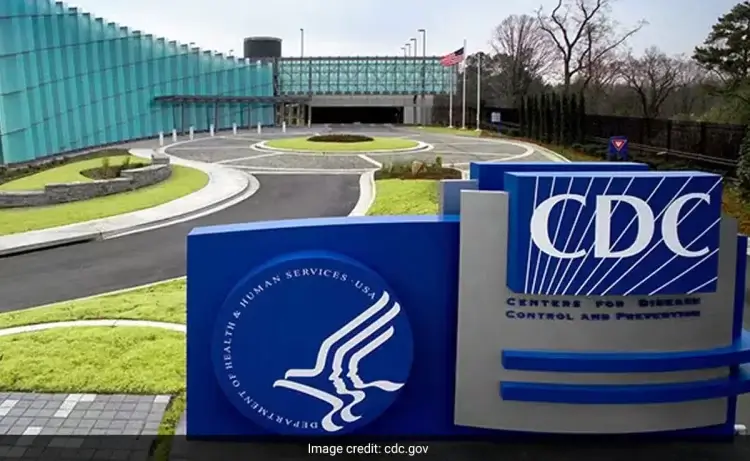Cases of leprosy – an infectious disease that’s been around since ancient times – have increased in the southeast United States, and now health experts fear that the infectious disease could become endemic to the region. According to the US Centers for Disease Control and Prevention (CDC), central Florida accounts for nearly one-fifth of all cases in the nation and was responsible for 81% of the cases reported in the state.
Leprosy, also known as Hansen’s disease, usually spreads through airborne droplets from the nose and mouth of an infected person during lengthy person-to-person contact. According to The Guardian, the disease has been uncommon in the United States and most cases have come from people who immigrated from countries where the disease is more common.
However, since 2000, the cases of leprosy have gradually increased, and have more than doubled over the past decade, the CDC said in its report.
“Whereas leprosy in the United States previously affected persons who had immigrated from leprosy-endemic areas, [about] 34% of new case patients during 2015-20 appeared to have locally acquired the disease,” the organisation stated.
The CDC said that the data represented “mounting epidemiological evidence supporting leprosy as an endemic process in the south-eastern United States”. It also noted that even though nationally, the number of reported leprosy cases in the US has fallen from 2019 to 2020, the increase in central Florida, however, represents a new cause of concern.
The CDC cited the case of a 54-year-old man who lives in central Florida. The organization stated that the man, who has since received treatment for leprosy, worked in landscaping and “spends long periods of time outdoors.” He did not travel domestically or internationally, had no “prolonged contact with immigrants from leprosy-endemic countries,” and denied exposure to armadillos, known carriers of the disease.
“The absence of traditional risk factors in many recent cases of leprosy in Florida, coupled with the high proportion of residents, like our patient, who spend a great deal of time outdoors, supports the investigation into environmental reservoirs as a potential source of transmission,” the CDC said.








 Finance
Finance






